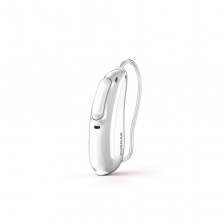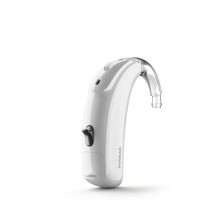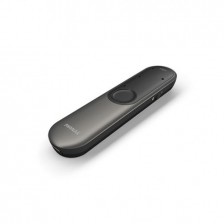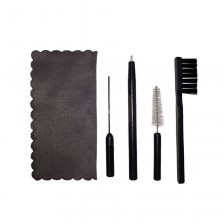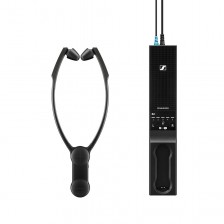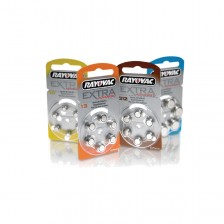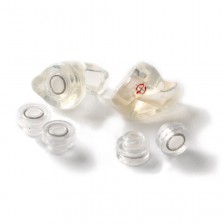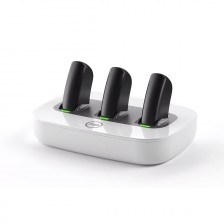In-Ear monitors: what are they and what advantages they offer


If you've ever been to a concert, you've seen that there are some amplifiers that instead of pointing at the audience, point at the band that’s playing. These are the monitors, so the musicians can hear what they're playing, obviously. And, as we've been seeing these days, the audio volume that comes out of these monitors can be quite intense, enough to cause permanent hearing damage. There is, however, one possible solution: In-Ear monitoring.
Basically, In-Ear systems are a tool that allows a musician to receive a certain auditory reference in an earphone format. The first professional system of this type was created by Chrys Lindop and Martin Noar in the late 1980s. The first is none other than Stevie Wonder's live sound technician, so we can see that they knew what they were doing.
In general, In-Ear monitoring systems consist of a receiver or pouch, an element that "picks up" the audio signal via cable or radio frequency waves, and the headset or headphones, which reproduce that auditory mix in the musician's ear. From here there are variations, but in general this is its basic structure.
Now the question arises: what are the advantages of these In-Ear?
Advantages of in-ear monitoring
- Freedom of movement: A very obvious advantage, using this system a musician is not forced to stay in one place, but can move freely on stage.
- No feedback: Feedback is sometimes practically unavoidable in live shows with the monitors so close to the mics. With In-Ear this feedback is practically removed.
- Volume regulation: One of the main advantages; with an In-Ear monitoring system you can regulate the volume of the mix that the music receives and attenuate the harmful effects on health that we discussed above. It is true that there are protective earplugs, but many artists find this solution unsatisfactory because it affects the tone of the sound that reaches their ears. In these cases, an In-Ear system can be the perfect solution: it protects the ear and sends the perfect mix.
There are still other advantages (the reduction in volume of equipment that musicians/technicians have to carry around, especially for artists with very long tours). One thing to keep in mind, however, is that in order to enjoy all the advantages offered by this system, you’ll have to carry out several tests and trials; it may be that in order to reach the auditory mix that a musician desires several adjustments need to be made, as well as the fact of getting used to wearing all the mix in a headset, which can be somewhat uncomfortable if you are not used to it.
Apart from these small caveats, it seems to us that we are in front of a revolutionary system; in fact, it is even used in the world of the motor so that motorcyclists or Formula 1 drivers receive instructions while they run. That's how reliable this system is!
If you are interested in this exciting world and want to know all of its news and technological advances, do not hesitate to contact us, and we will gladly attend you!


